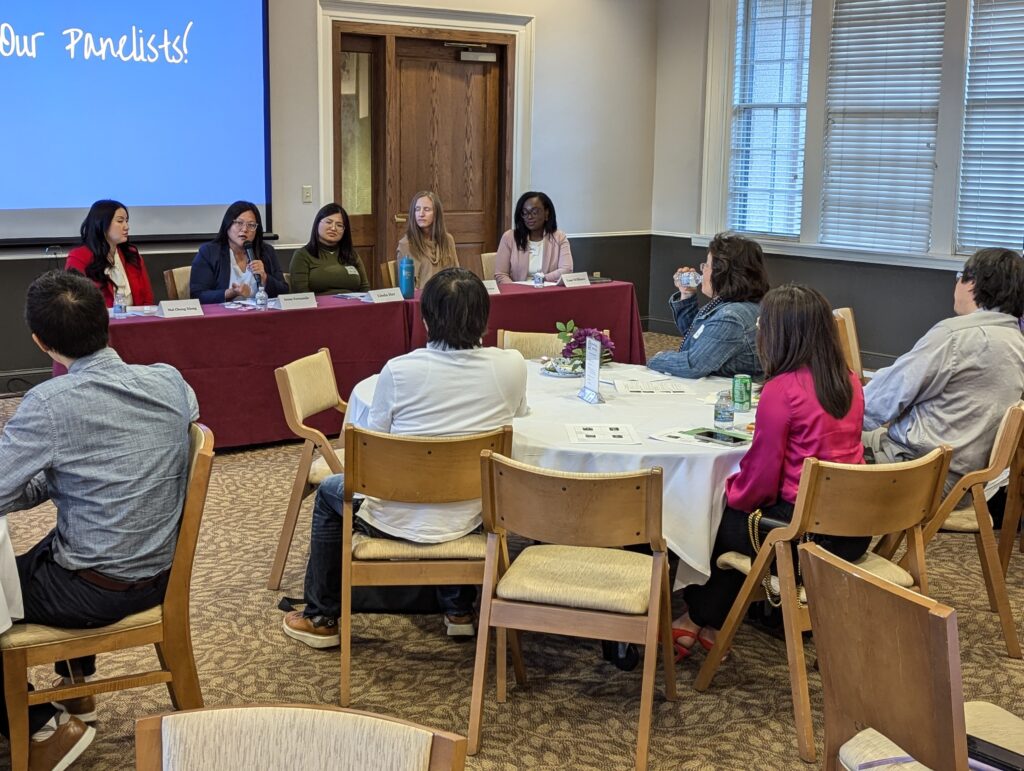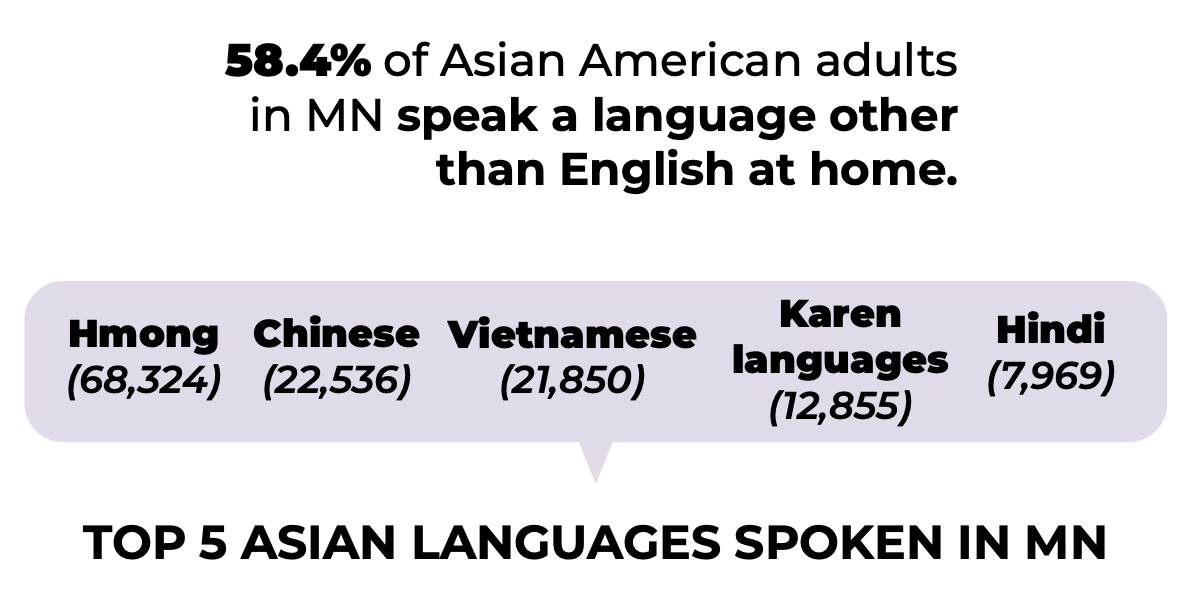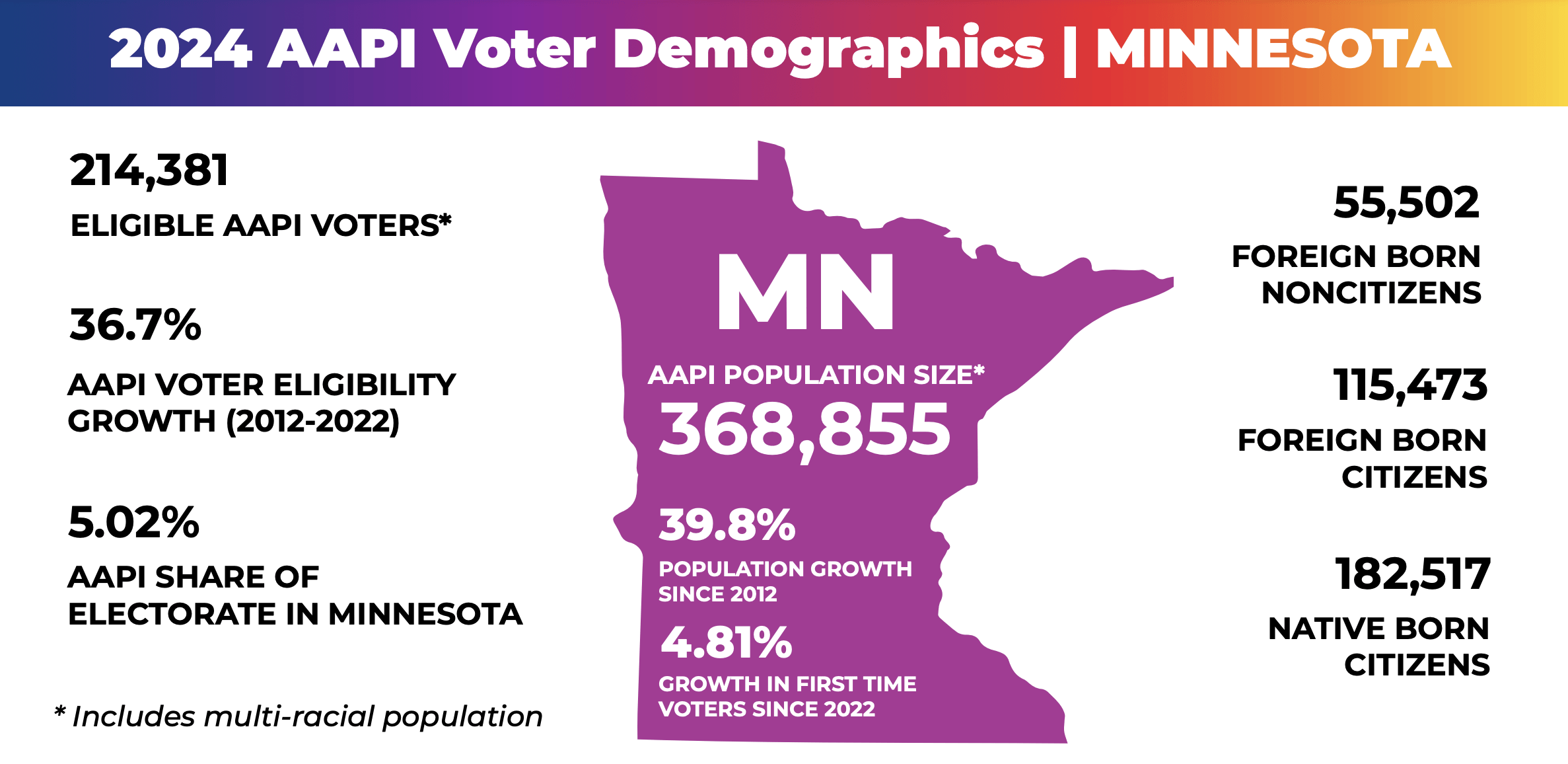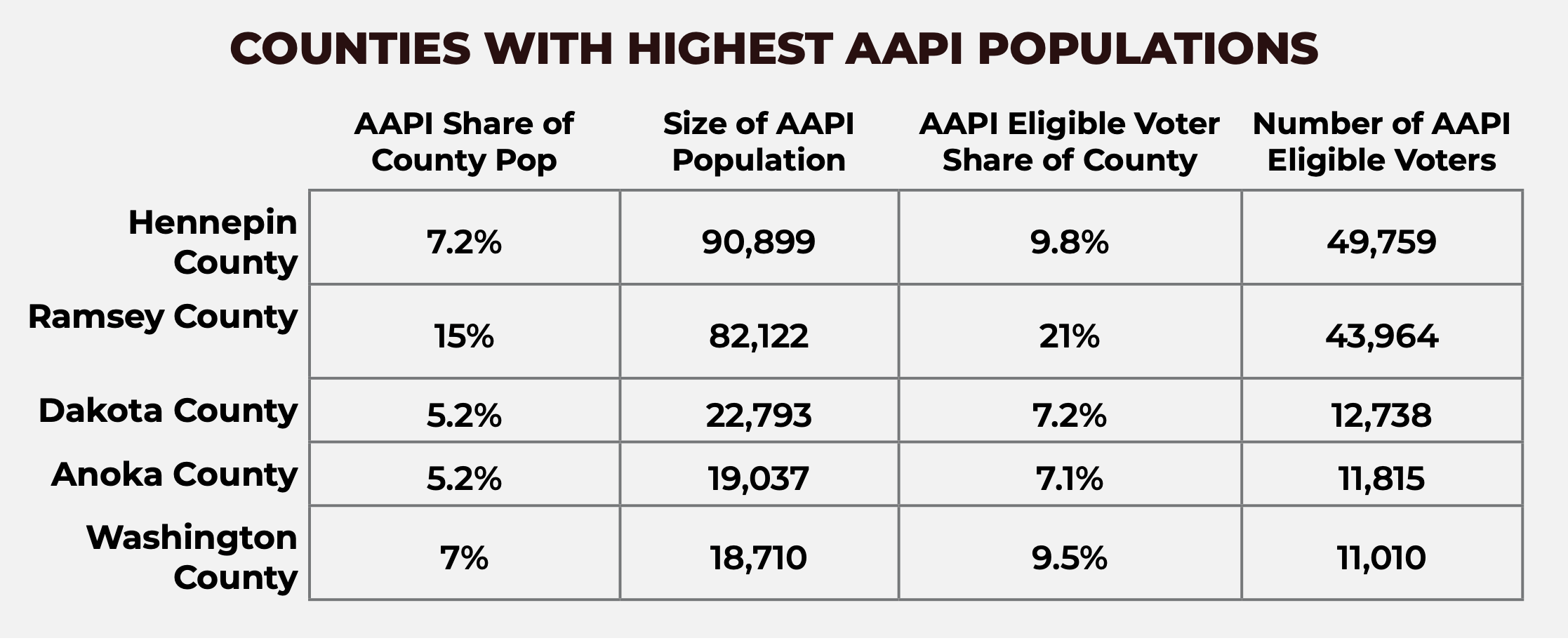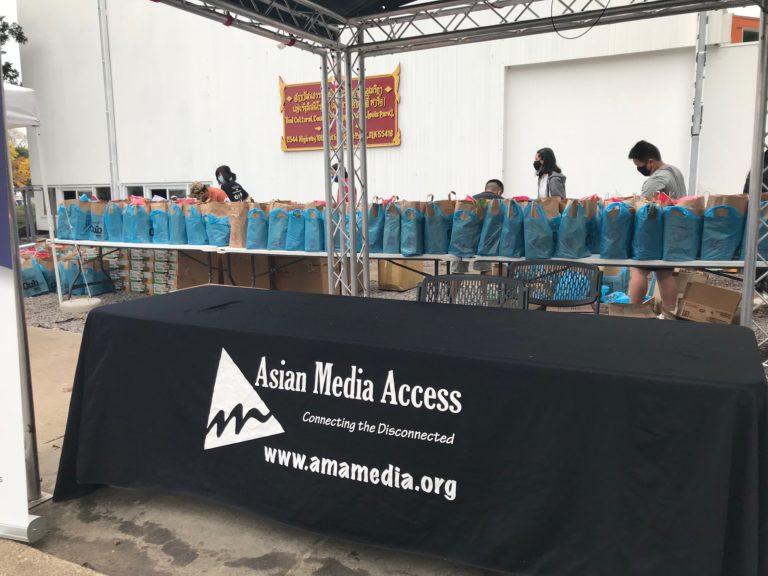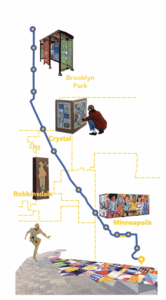AMA has joined our partner – Coalition of Asian American Leaders (CAAL) at Sept. 24 to mobilize Asian American & Pacific Islanders (AAPIs) in MN to VOTE at this Nov. 5th election!
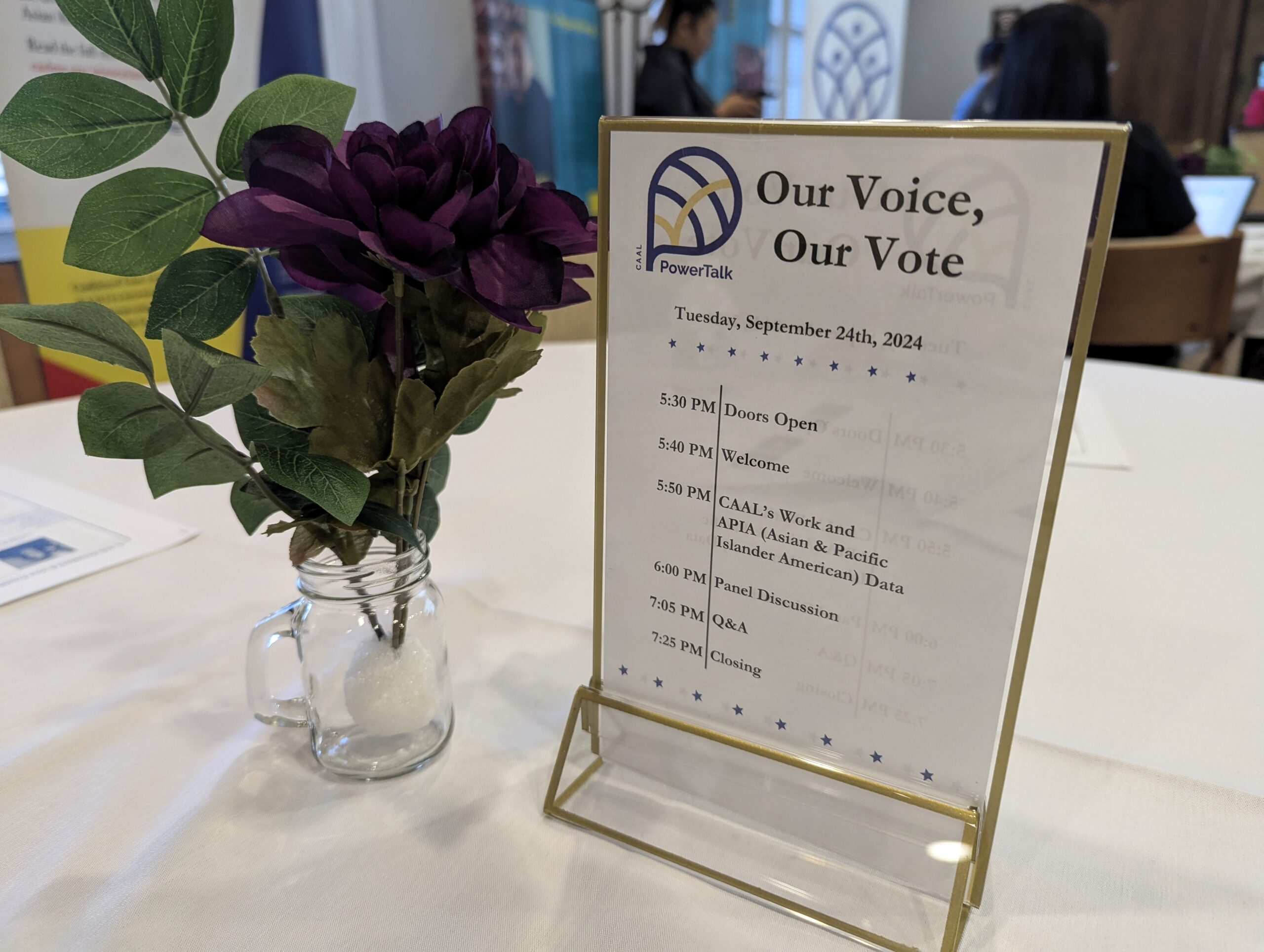 Entitled “PowerTalk: Our Voice, Our Vote” centers the importance of voting and civic engagement for AAPIs with a panel discussion moderated by Mr. Chonburi Lee (Maplewood City Council Member), along with Panelists – Laura Calbone (Campaign Manager from FairVoteMN); Irene Fernando (Hennepin County Commissioner); Linda Her (ED from AAOP); Tami Williams (Public Policy Manager from CAPI USA); and Mai Chong Xiong (Ramsey County Commissioner).
Entitled “PowerTalk: Our Voice, Our Vote” centers the importance of voting and civic engagement for AAPIs with a panel discussion moderated by Mr. Chonburi Lee (Maplewood City Council Member), along with Panelists – Laura Calbone (Campaign Manager from FairVoteMN); Irene Fernando (Hennepin County Commissioner); Linda Her (ED from AAOP); Tami Williams (Public Policy Manager from CAPI USA); and Mai Chong Xiong (Ramsey County Commissioner).
According to data from AAPI Vote, voter turnout among Asian American and Pacific Islander (AAPI) communities in Minnesota has seen a noticeable decline since the 1990s. A survey conducted by AAPI Vote during the 2020 election cycle and 2024 State Factsheet highlight several key reasons why Minnesota’s AAPI residents are not participating in elections at higher rates, due to:
1) Lack of Information about the Candidates or Issues: 34% of AAPI respondents in MN reported that they did not vote because they did not feel informed about the candidates or ballot measures. This suggests a need for more culturally relevant and accessible voter education materials, as many may not understand how candidates’ platforms affect their communities.
2) Language Barriers: 29% cited language access as a barrier to voting. While 58.4% of AAPI
in MN speak other language than English at home, within that 34.7% AAPIs are limited English Proficiency (LEP), particularly older or immigrant generations, still experience difficulty understanding voting materials that are primarily available in English. Offering voting guides in Hmong, Vietnamese, Chinese, and other Asian heritage languages could mitigate this issue.
3) No Voting Plan: 40% of Minnesota’s AAPI voters reported that they did not have a voting plan, meaning they had not decided when, where, or how they would vote. This highlights the need for community-based outreach to help voters prepare for elections through educational campaigns and assistance in creating voting plans, especially for first-time voters.
4) Voter Apathy or Feeling Disconnected from Politics: 25% of respondents expressed that they do not vote because they feel their vote does not make a difference. Many AAPI Minnesotans are disconnected from political discourse, either due to feelings of underrepresentation or because they are unsure how their participation impacts policy changes affecting their communities.
5) Lack of Trust in Government: 15% of AAPI respondents said they do not vote because of a lack of trust in the political system. Historically, systemic challenges and underrepresentation have contributed to lower civic engagement among AAPIs, resulting in skepticism about the effectiveness of voting.
To addressing these barriers, AMA has featured a public education campaign to urge AAPIs to take proactive steps to reverse this trend. Encouraging voter registration drives, increasing awareness about the importance of having a voting plan, and offering voting resources in multiple Asian languages, in order to significantly help boost engagement.
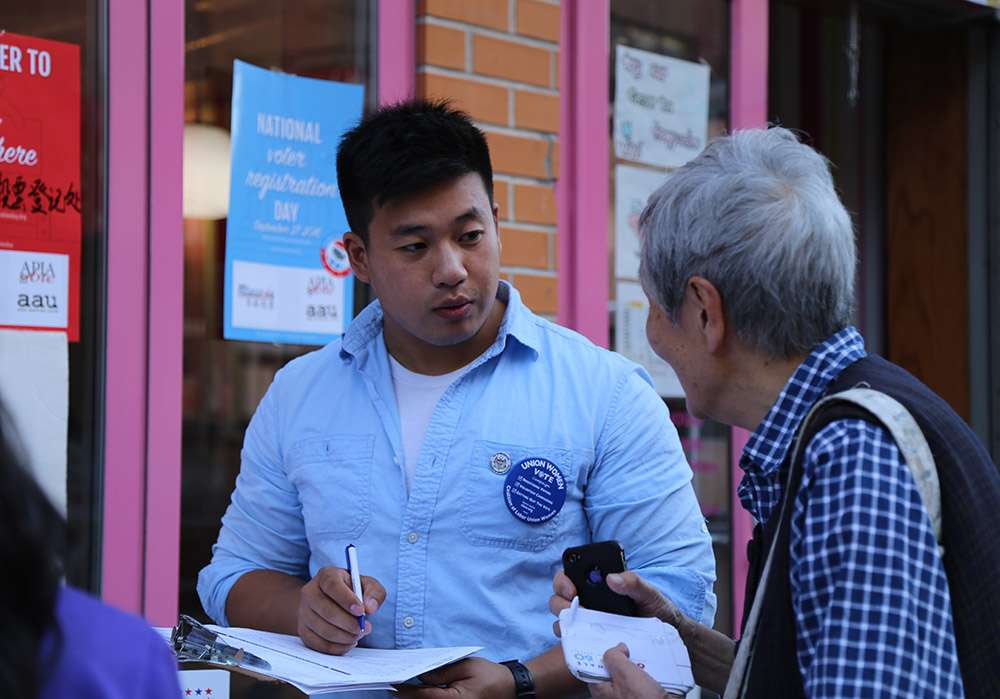
With the 2024 presidential election shaping up to be one of the most competitive and pivotal elections in modern history, it’s more important than ever for Minnesota’s AAPI communities to make their voices heard, show up and VOTE. From shaping policies that directly affect their lives to becoming a recognized and powerful voting bloc, AAPIs have an opportunity to assert our influence like never before.
For more information about how to VOTE at this key presidential election, please connect with AMA through 612-376-7715 or info@amamedia.org with Cantonese, Hmong, Korean, Mandarin and Vietnamese language support.

